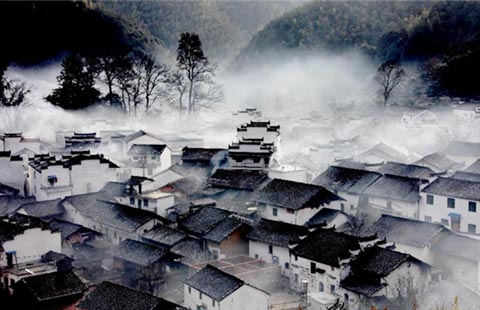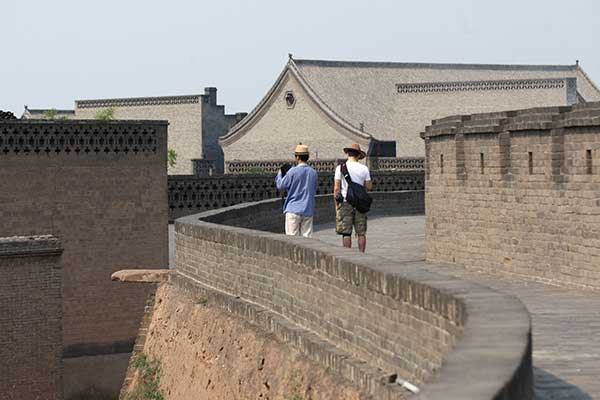 |
|
The Old Town of Pingyao.[Photo by Wang Zhuangfei/China Daily]
|
During our brief but meaningful trip around a part of the Wangmang Ridge, we crisscrossed through the Taihang stone forest, formed many centuries ago and still growing. The flower-dancing platform came next, with abundant blossoms. We also visited the place used by Yu Boya, a master musician of ancient times, whose notes one could almost hear, lingering centuries later in the still air.
When we reached a platform positioned to watch the sunrise, we were only slightly disappointed, as the mountains on this morning were cloaked in fog. But the mist was spectacular in its own right, and I pictured in my mind the golden hues of sunrise striking the rocks across vast chasms.
One view, both charming and spectacular, was above the village of Xiyagou. Unimaginably, at a time in the 1960s when heavy equipment was not available for cutting roads through the mountains, scrupulous villagers used hand tools to chisel a way through the rocks to connect to the outside world, so that their descendants could prosper. The miracle road, stretching 7.5 kilometers, took 30 years to carve.
A brief stop an an observation platform presented a vista of the “windows” these ambitious people carved in the sheer cliff face and brought the poetry of the mountains to my head. The cliffs and peaks, free from the industrial perfume of the city, made for a grand view.
The charm of the rocks made them frightening, yet at the same time alluring; dangerous, yet at the same time encouraging. They were distant, and yet so close that time seemed to stop one moment and speed by the next. The silent sentinels that had guarded the canyon for millennia don’t know the meaning of time. We human beings seemed tiny in the giant’s presence, and even tinier seem all our worries about future, past or present. The giant is immortal and still.



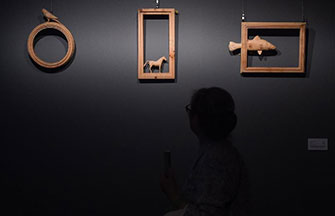
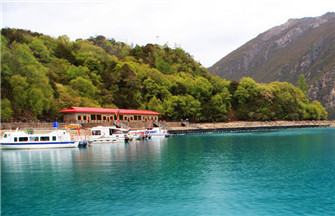

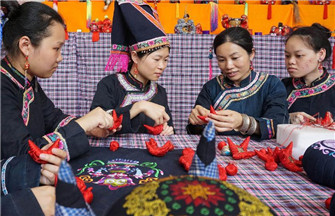













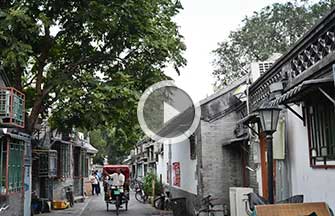

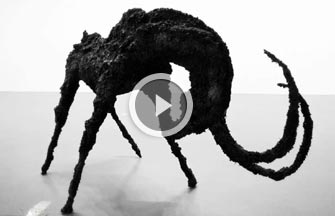
 Raymond Zhou:
Raymond Zhou: Pauline D Loh:
Pauline D Loh: Hot Pot
Hot Pot Eco China
Eco China China Dream
China Dream China Face
China Face




